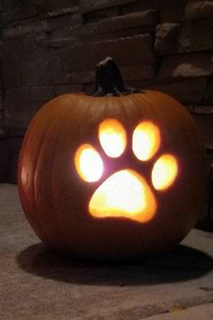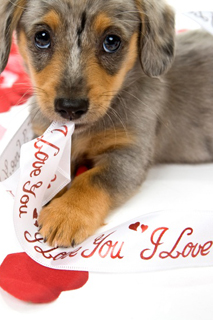Recently I ran across a somewhat startling statistic about pets and fires. According to a recent ZooToo article, pets are responsible for starting more than 1,000 accidental fires every year.
I don’t know if you’d ever given that any thought but that got me thinking about our house and any fire dangers that were there for our pets.
Although I don’t have any little one’s living at home I recall a time when I did and how I’d walk through the house with ‘different eyes’ looking at what was there from the viewpoint of a child. There were many dangers that I’d never considered.
Now I was doing this same thing again, only this time it was for pet safety and fire prevention. I’m happy to say that I had very little to correct to keep things safe for my family and pets.
Here are some guidelines from the American Kennel Club and ADT that you might want to review for your pet’s fire safety and a link to information for a free window decal to let firefighters know you have pets inside at the end of the list:
AKC® and ADT offer the following tips to educate pet owners on how to prevent your beloved pet from starting a fire, as well as how to keep your pets safe:
Prevent Your Pet From Starting Fires
Extinguish open flames — Pets are generally curious and will investigate cooking appliances, candles, or even a fire in your fireplace. Ensure your pet is not left unattended around an open flame and make sure to thoroughly extinguish any open flame before leaving your home.
Remove stove knobs — Be sure to remove stove knobs or protect them with covers before leaving the house. According to the National Fire Protection Association, a stove or cook top is the number one piece of equipment involved in your pet starting a fire.
Invest in flameless candles — These candles contain a light bulb rather than an open flame, and take the danger out of your pet knocking over a candle. Cats are notorious for starting fires when their tails turn over lit candles.
Beware of water bowls on wooden decks — Do not leave a glass water bowl for your pet outside on a wooden deck. The sun’s rays when filtered through the glass and water can actually heat up and ignite the wooden deck beneath it. Choose stainless steel or ceramic bowls instead.
Keep Your Pets Safe
Keep pets near entrances when away from home — Keep collars on pets and leashes at the ready in case firefighters need to rescue your pet. When leaving pets home alone, keep them in areas or rooms near entrances where firefighters can easily find them.
Secure young pets — Especially with young puppies, keep them confined away from potential fire-starting hazards when you are away from home such as in crates or behind baby gates in secure areas.
Since pets left alone can’t escape a burning home — Consider using monitored smoke detectors which are connected to a monitoring center so emergency responders can be contacted when you’re not home. These systems provide an added layer of protection beyond battery-operated smoke alarms.
Affix a pet alert window cling — Write down the number of pets inside your house and attach the static cling to a front window. This critical information saves rescuers time when locating your pets. Make sure to update the number of pets listed.
Pet owners can obtain a free Pet Fire Safety Window Cling online at www.adt.com and clings will be available this September at your local AKC Responsible Dog Ownership Day. This year’s flagship event will be held in Raleigh, North Carolina on September 25th, 2010. Visit www.akc.org for more information on an event near you.
Be safe!

www.vetlocator.com
 make sure your pet stays safe on October 31st, remember these pet safety tips. Happy Halloween!
make sure your pet stays safe on October 31st, remember these pet safety tips. Happy Halloween!



